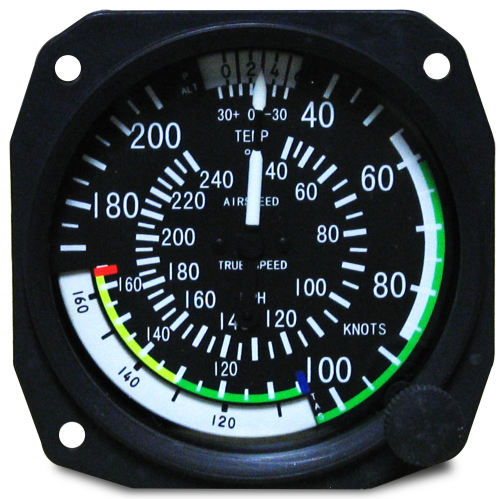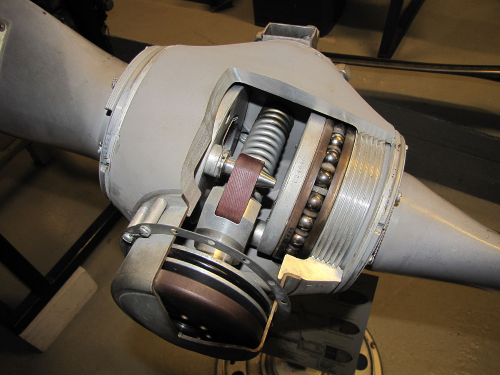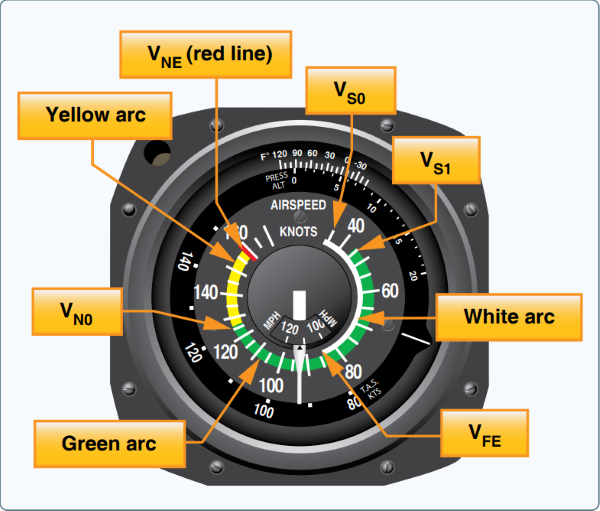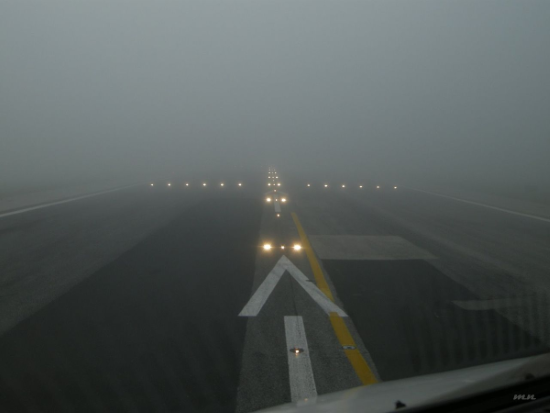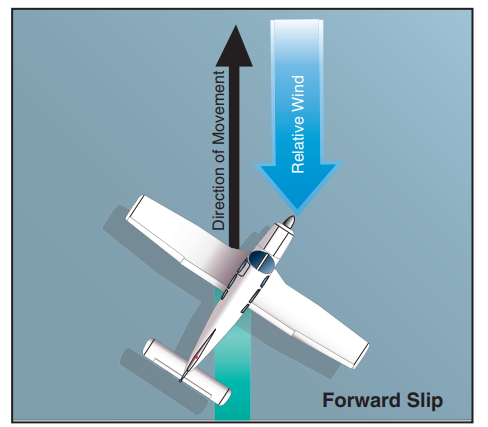Airplanes only create lift within a certain speed range, so to maintain flight, a pilot has to fly between minimum and maximum speeds. Just reading the airspeed off of the Airspeed Indicator doesn’t give the full picture, however. There are inherent accuracies in the Airspeed Indicator itself, as well as other conditions that make the Read More…
Blog
Constant Speed Propellers Explained
Fixed Pitch propellers are fine and dandy for most low performance bug-smashers, but as power and performance increases, there needs to be a better way to get that power into the air. As power increases, a fixed-pitch propeller either needs to increase in size, or a different propeller with a steeper pitch must be installed. Read More…
Airspeed Indicator Explained
There are only a few non-engine indicators that an airplane really needs for VFR flight. A compass to see where you’re headed, an altimeter to see how high up you are, and an airspeed indicator to tell how fast you are going. Planes are designed to operate at certain speeds, and it’s important to be Read More…
Special VFR Clearance Explained
Every pilot would love it if Mother Nature cooperated every time they entered the cockpit and gave us clear skies and tailwinds for every flight. Unfortunately, Mother Nature can be moody and vindictive, and occasionally seems to bring the clouds down, just to spite us. Sometimes, we’d like to fly, but the weather is below Read More…
Mastering Crosswind Landings: 3 Techniques To Use
What happens when you want to land, but the wind isn’t directly down the runway? Well, if you happen to be flying in the Navy you can radio to the ship captain to position the runway at a better angle. For the rest of us, you have to make a crosswind landing. Although this can Read More…

